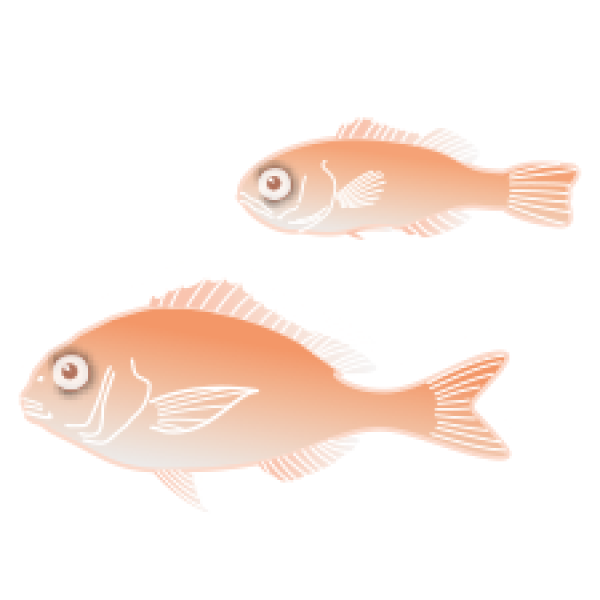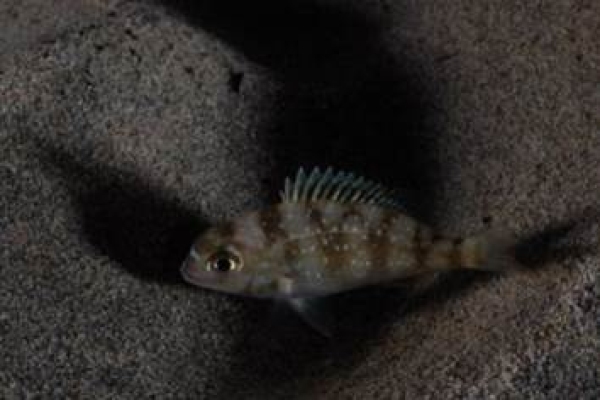Early parts of this stage are potentially cryptic and unobserved.
However, we do know that juveniles start to appear on the seabed within the shallow parts of estuaries at about 10 mm in length from about December.
Within the estuaries where settled juveniles have been observed they have a preference for structured habitats, such as seagrass beds. They remain within estuaries over the summer months, until they reach about 60 mm in length. At this stage they presumably move to deeper channels within harbours and/or coastal habitats. It is possible that settlement directly into coastal habitats also occurs, but this has not been directly observed.
Food sources are dominated by crustaceans (e.g. shrimp), initially larval forms, but transitioning to benthic crustaceans as snapper grow.
Temperature during this stage has a major influence on the number of snapper that transition through to the adult stage. In warm years, significantly more juvenile snapper survive.
This stage occupies near-shore environments, so it is likely to be particularly influenced by land-based effects such as sedimentation. This may be further compounded by the juveniles' dependence on structured habitats. For example, sediment from land can smother or reduce the ability of seagrass to photosynthesise (it is a plant that requires light).
It is not yet clear why settlement stage juveniles are so tightly associated with structured habitats, but one of the potential reasons is that the habitat may provide shelter from potential predators.


